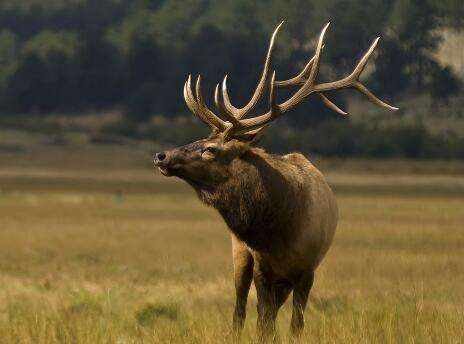
Milu [mí lù], also known as Pere David's Deer in foreign languages, is the only deer species in the Cervidae family and the genus Elk. This animal has a history of about two to three million years. Historically, there were five species of elk, namely the Bicha species, the Lantian species, the...

Eld's deer, whose Latin name is Cervus eldii, is a medium-sized deer with three subspecies. It is similar in appearance to sika deer, but smaller in size, with fewer spots, and a more slender neck, body and limbs, making it look particularly agile.Eld's deer like to live in groups, but males...
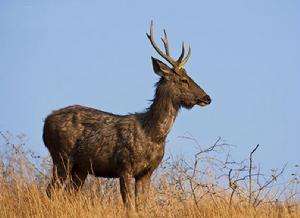
Sambar, also known as the water deer in English, has 8 subspecies and is the largest deer in tropical and subtropical regions.The important features that distinguish the water deer from other deer species are: small horns and few forks; movable incisors; a palm-sized piece of inverted hair on...
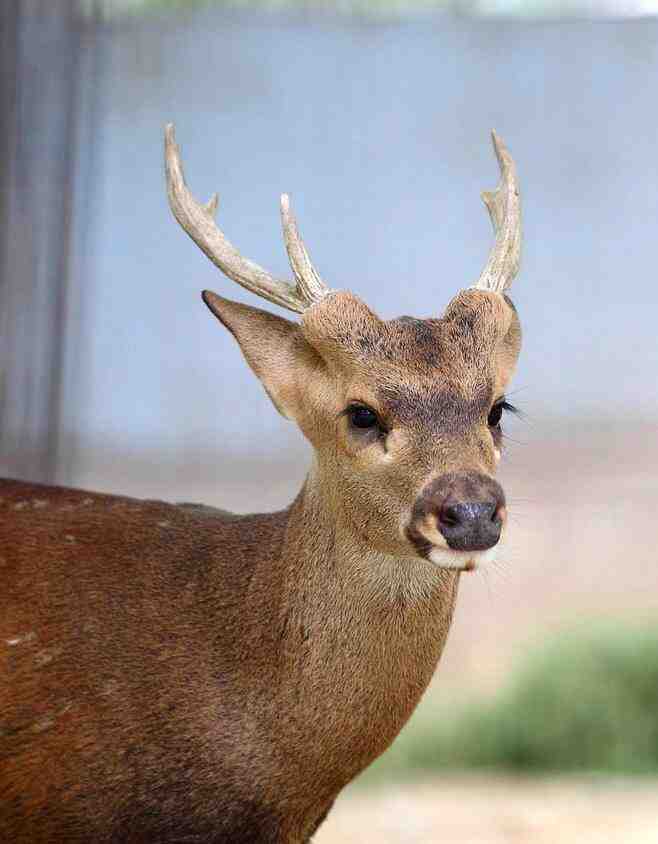
Hog Deer, also known as Hog Deer in English, has 3 subspecies and is a medium-sized deer.Hog Deer like to move alone, occasionally 2-3 gather together, but never gather in large groups. However, they often gather in temporary small groups during the rutting season and in feeding areas, with each gro...
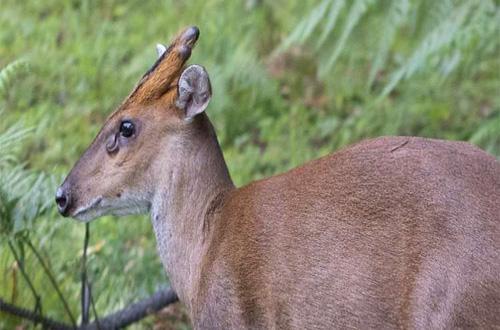
Gongshan Muntjac has no subspecies and belongs to the medium-sized muntjac.Gongshan Muntjac generally moves alone at night, is more active in the early morning and dusk, and is less active during the day. They like to eat green grass on the grass slopes at the edge of the forest, and also eat fresh...
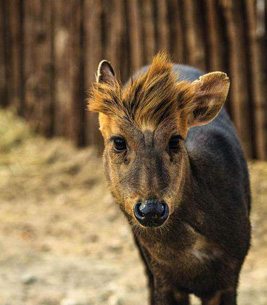
Black fronted Muntjac is a larger species of muntjac, and its appearance is very similar to the Gongshan Muntjac distributed in western Yunnan and Myanmar.Black muntjacs are timid and cowardly, with a strong sense of fear. They are mostly active in the morning and evening. During the day, they often...